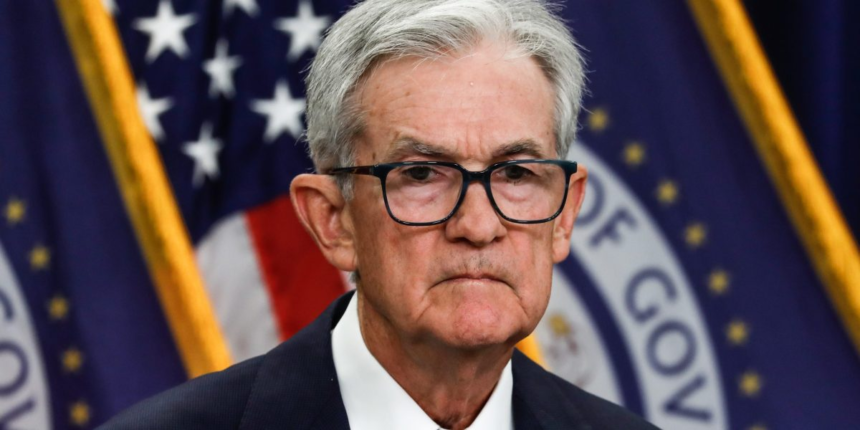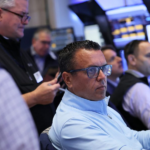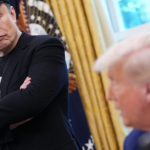Federal Reserve Chair Jerome Powell tied the nation’s cooling job market directly to President Donald Trump’s restrictive immigration policy on Wednesday, a rare instance of the central bank chief singling out White House decisions as a driver of economic weakness.
When pressed by reporters on why hiring has slumped, Powell responded: “That’s much more about the change in immigration,” He continued, “The supply of workers has obviously come way down. There’s very little growth, if any, in the supply of workers. And at the same time, demand for workers has also come down quite sharply, and to the point where we see what I’ve called a curious balance.”
Typically, a balance between job openings and job seekers would be good news. But Powell said the current equilibrium is unhealthy since both supply and demand are shrinking together, with demand falling faster.
“Now demand [is] coming down a little more sharply, because we see, we now see the unemployment rate edging up,” he added.
The Fed cut interest rates by a quarter percentage point on Wednesday in what Powell described as a “risk management cut,” aimed at cushioning the economy against further job losses, while stressing policy is moving “toward a more neutral policy stance” and is “not on a preset course.”
Trump’s immigration crackdown has worked through several channels at once.
Taken together, the 2025 policy turn is shrinking the future pool of available workers, exactly the channel Powell spotlighted. Even modest demand softening can push up unemployment when supply is also falling, the “balance” Powell called out.
By attributing labor weakness “much more” to immigration changes than to tariffs, Powell effectively acknowledged that the problem is a supply-side shock that rate cuts can’t fix alone. Unless immigration flows stabilize, the Fed may find that cushioning demand with lower rates won’t fully repair hiring, especially in sectors reliant on immigrant labor such as manufacturing or agriculture and in regions already flashing shortages.
The economic risks are unusually split. Powell reiterated that inflation risks are tilted up (tariffs are lifting goods prices), while employment risks are tilted down, leaving “no risk-free path” for the Fed to avoid stagflation. The Fed’s median rate path now points to 3.6% by year-end with gradual declines thereafter, but Powell emphasized decisions will be data-dependent.
For households, the damage is uneven. “Kids coming out of college and younger people, minorities are having a hard time finding jobs. The overall job finding rate is very, very low,” Powell said, a pattern consistent with slower hiring when firms face uncertainty and when labor supply frays at the margins.
“It’s quite a difficult situation for policymakers,” Powell said.









